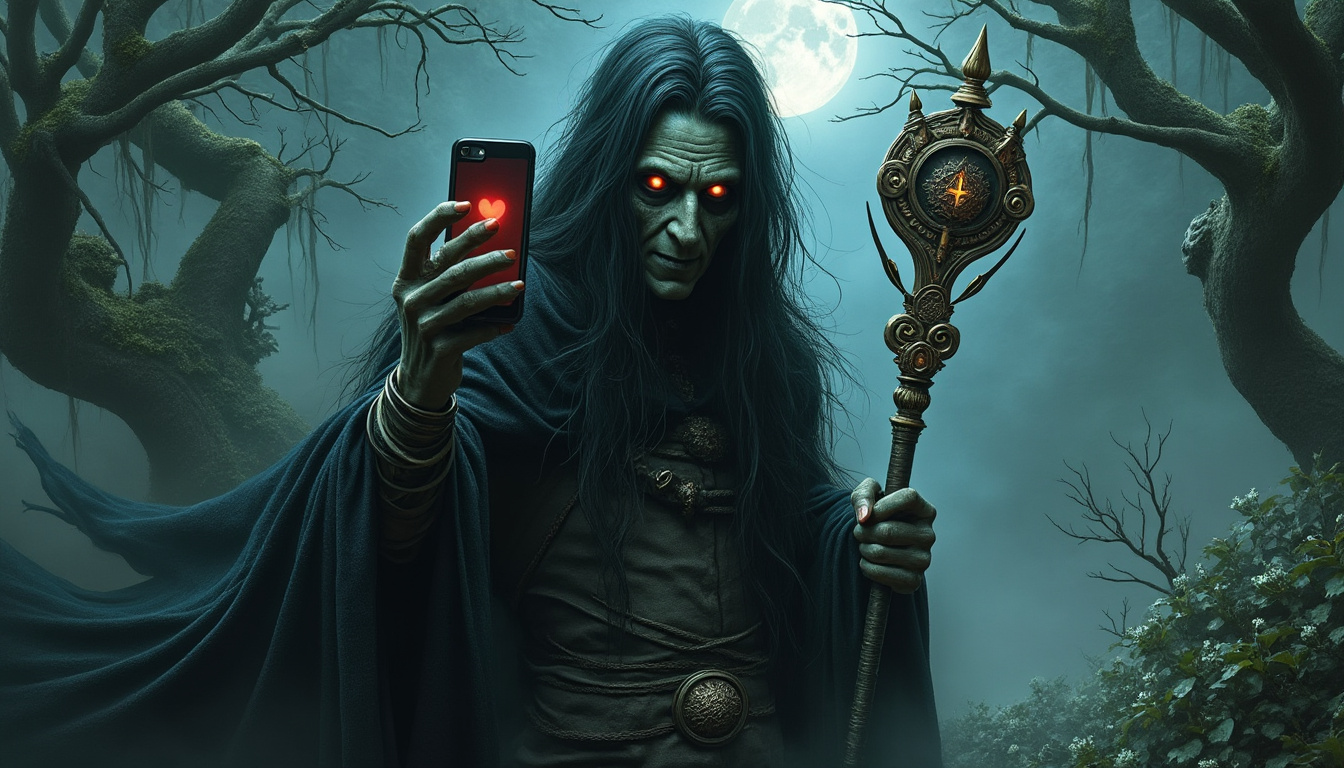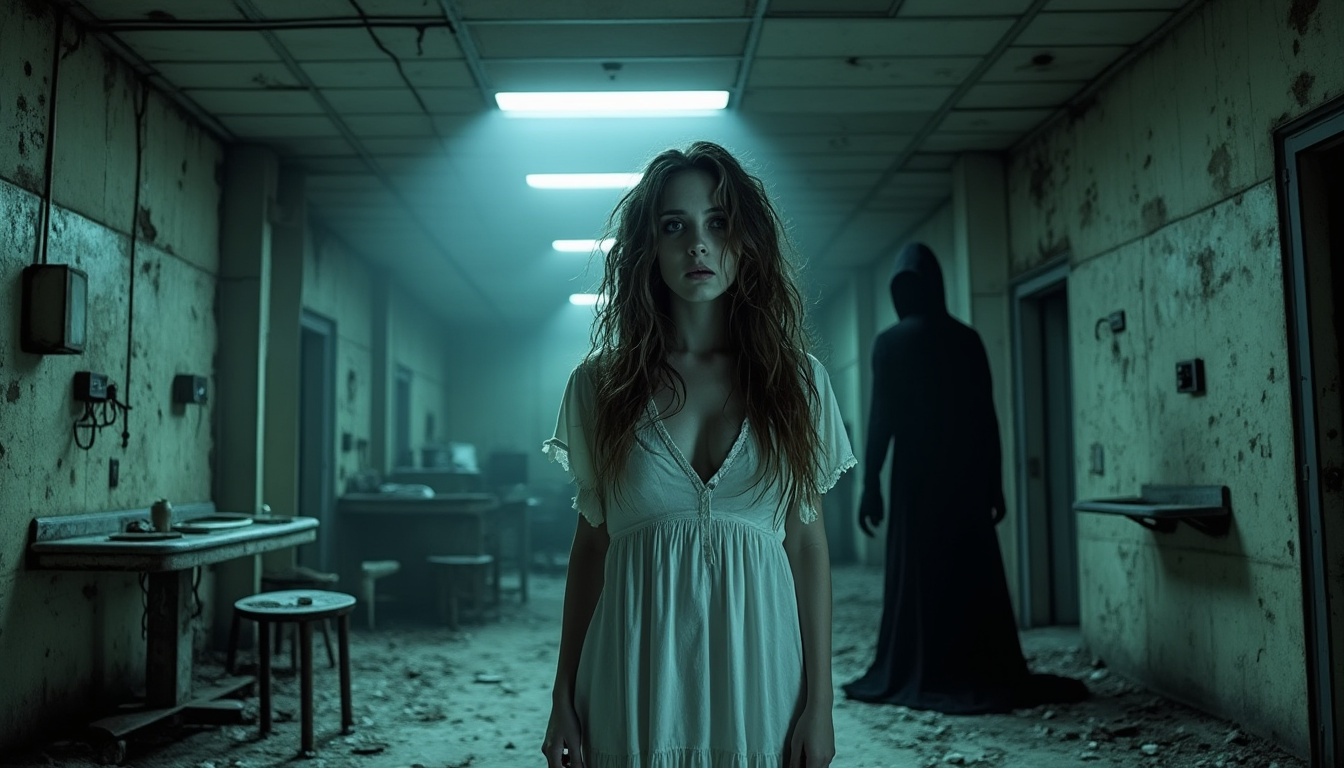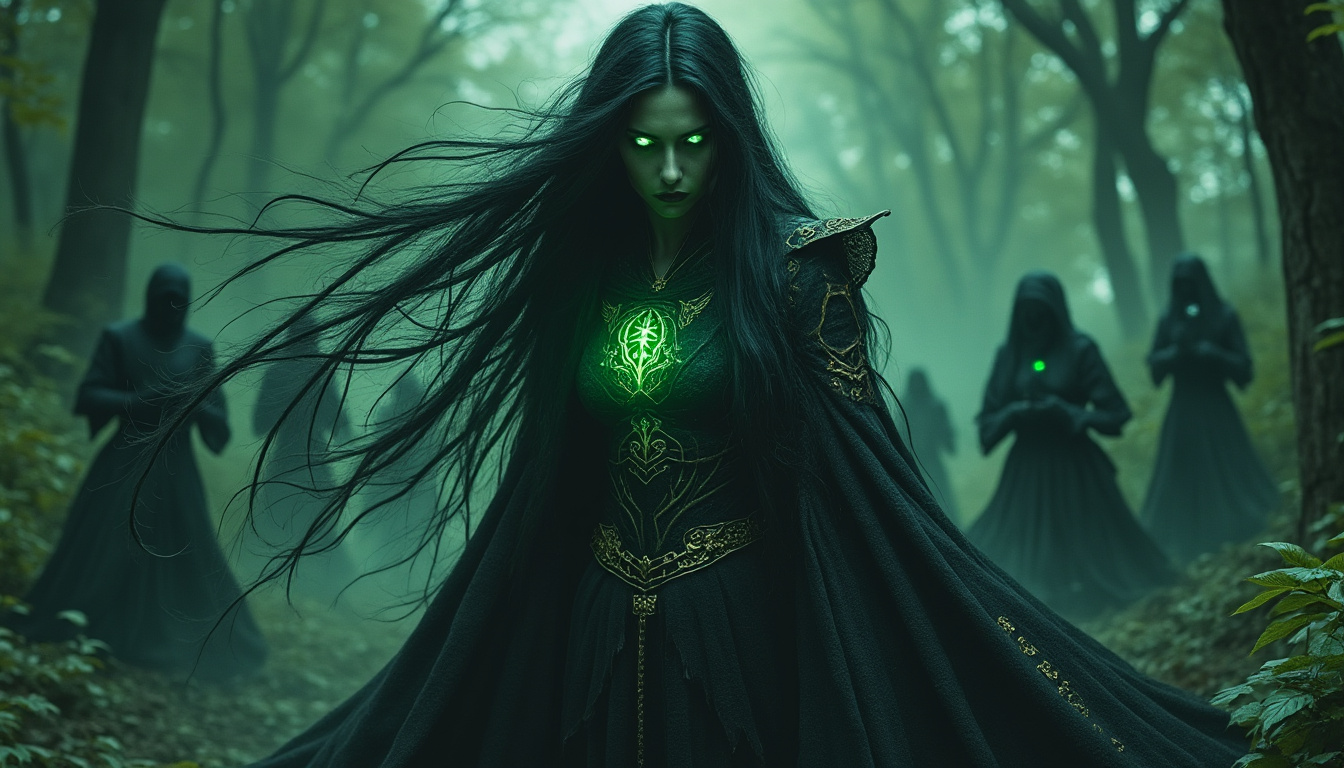The rise of social media has created a new class of celebrities: the social media influencers. With their carefully curated feeds and brand partnerships, these influencers captivate millions with their engaging content. Yet, beneath the glamorous facade lies a darker narrative that intertwines the supernatural with modern marketing tactics, as recently unveiled in the chilling trailer for the upcoming horror thriller “Feed.” This gripping story taps into the ancient tales of witchcraft while exploring the psychological impact on modern influencers who dare to traverse the realms of myth and reality.
A Chilling Synopsis: The Influence of an Ancient Witch
In the cinematic world of horror, few narratives are more gripping than one that combines ancient lore with contemporary anxieties. “Feed” revolves around a group of social media influencers who decide to capitalize on a chilling local legend. They venture onto a seemingly idyllic island, a site believed to house the ghost of an ancient witch named Märit. The official synopsis of the film reveals that a young medical student, drawn into her influencer boyfriend’s marketing endeavors, takes on the role of reviving a family business tied to this dark lore.
However, their marketing job turns into a minefield of terror as they unravel the truth behind the myth. The film’s premise poses a compelling question: what happens when social media influencers attempt to exploit a haunting story? Will the ghostly narrative become merely a marketing tool, or will it bring forth real terror? As ghost tourism experiences a surge, this narrative holds a mirror to society’s obsession with the supernatural, particularly how influencers shape the ghost tourism landscape.

The Role of Social Media Influencers in Ghost Tourism
The concept of ghost tourism has gained traction in recent years, with influencers leading the charge to create engaging content around haunted locations. Ghost tourism plays on the public’s fascination with the supernatural. People flock to supposedly haunted sites, driven by their desire for both thrills and Instagrammable moments. Major locations have capitalized on these trends, often with the help of influencers, leading to an explosion in tourism around ghost stories, as highlighted by recent articles covering this phenomenon.
- Influencer-driven marketing: Influencers often partner with tourism boards to attract visitors to historical sites, utilizing their platforms to create a chilling vibe that both intrigues and terrifies their audiences.
- Content creation: The need to produce innovative and engaging content means influencers constantly seek out unique stories, leading to an endless loop of captivating ghost stories that blur the lines between fact and fiction.
- Monetization of fear: With ghost stories gaining popularity, influencer campaigns frequently monetize fear, with local businesses thriving from the influx of ghost tourists, leading to a new marketing landscape.
The convergence of old folklore and modern social media presents a fascinating view of culture in 2025, wherein ancient fears are filtered through a contemporary lens and mass-marketed to millions. As influencers seek to drive traffic to these sites, the question remains, do they truly respect the stories they tell, or are they merely exploiting folkloric tales for their personal gain?
Character Dynamics and Influencer Psychology
As the narrative unfolds, the characters within “Feed” not only become conduits for horror but also reflect the psyche of a generation steeped in influencer culture. The pressure to create compelling content can lead influencers to conjure up sensational narratives, even when it means delving into the uncanny. The characters in “Feed” exemplify the duality of their existence: while they appear glamorous online, they confront psychological turmoil when faced with the realities of their marketing strategies.
Among the key players, Elin, portrayed by Molly Nutley, encapsulates this struggle. As a medical student, she represents intellect clashing with the irrational. Her involvement in the influencer lifestyle brings her face-to-face with the inexplicable terror of Märit. This character development invites audiences to reflect on the transformation from rational individuals into fear-driven content creators.
| Character | Actor | Role |
|---|---|---|
| Elin | Molly Nutley | The influential medical student caught between logic and superstition. |
| Josefin | Sofia Kappel | Elin’s friend who embraces the thrill of ghost tourism. |
| Dimman | Vincent Grahl | The cynical influencer who seeks to capitalize on the legend. |
Throughout the film, characters may experience a downward spiral into madness, paralleling the real-life repercussions seen among influencers who become ensnared in their curated online lives. Many influencers report feelings of anxiety and inadequacy triggered by their relentless pursuit of likes and comments. This reflects alarming trends recently outlined by media outlets, correlating the glamorous facade of social media with deteriorating mental health.
A Supernatural Thriller: The Animation of Horror
The essence of any horror film lies in its ability to invoke fear, and “Feed” taps into the psychological aspects of terror through its unsettling atmosphere. As influencers navigate the eerie landscape of the island, the visual storytelling captures the supernatural haunting of Märit, providing a chilling ambiance accentuated by the portrayal of darkness lurking close to social media’s brightest light.

Director Johannes Persson masterfully combines stunning visuals with a compelling narrative, creating a supernatural thriller that keeps viewers on edge. The elements of horror are amplified through the use of traditional folklore amalgamated with contemporary storytelling. As Märit’s story unfolds, the juxtaposition of the ancient against the modern invites audiences to reflect on their own beliefs and cultural mythologies.
- Use of lighting: The film employs shadowy cinematography that creates an unsettling vibe, reminiscent of classic horror films. This technique heightens tension and allows for a build-up of anticipation.
- Unexpected twists: Audiences can expect moments that challenge their perceptions of reality, as the line between the influencer’s constructed world and the supernatural blurs.
- Symbolic elements: The inclusion of symbols from ancient witchcraft serves to deepen the plot while providing cultural commentary, weaving in social issues that resonate with contemporary audiences.
By drawing inspiration from ancient horror tropes, “Feed” addresses modern dilemmas surrounding fame and influence while incorporating elements of dark fantasy that resonate with viewers seeking both thrills and deeper meanings.
Influencer Horror: The Impact on Modern Storytelling
The fusion of horror and the influencer phenomenon signifies a significant departure from traditional storytelling. No longer are horror tales just about the supernatural; they delve into the psychological ramifications of living under a spotlight. This theme resonates strongly in the current landscape of content creation, wherein influencers serve as cautionary tales for audiences during an era defined by appearance and curation.
“Feed” operates on multiple levels, as it interrogates the fear associated with being constantly watched and judged, alongside supernatural threats. This mirrors real concerns among influencers who face intense public scrutiny. Details such as scandal, mental health issues, and ethical dilemmas constantly hover above the influencer culture, akin to the ominous presence of Märit in the film.
| Theme | Description | Relevance to Social Media |
|---|---|---|
| Surveillance | The feeling of being constantly observed evokes paranoia. | Influencers often discuss anxiety related to online scrutiny. |
| Exploitation | The blurring line between authenticity and performance. | Influencers face the dilemma of adapting themselves for views. |
| Identity | Struggles with self-perception when relying on external validation. | Many influencers battle between their real selves and online personas. |
This multi-layered approach to storytelling within “Feed” highlights how the horror genre can reflect contemporary societal issues, evolving from mere ghost tales to complex narratives that challenge viewers to confront uncomfortable truths.


